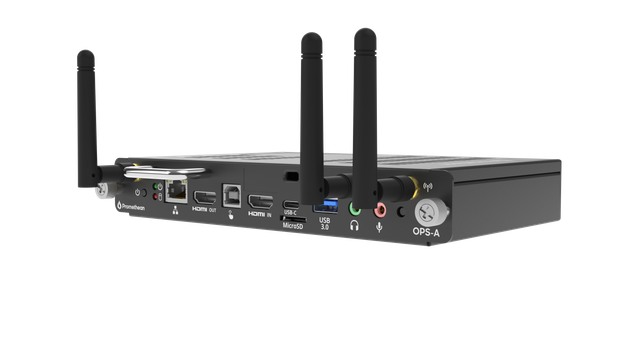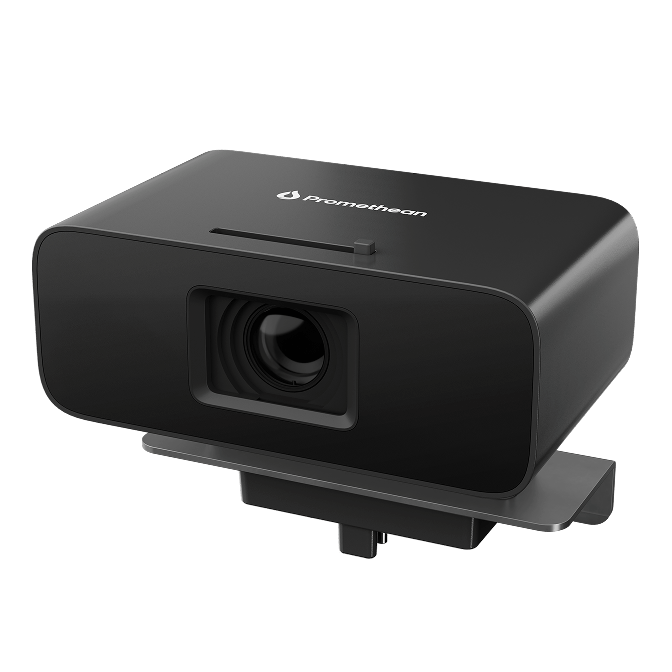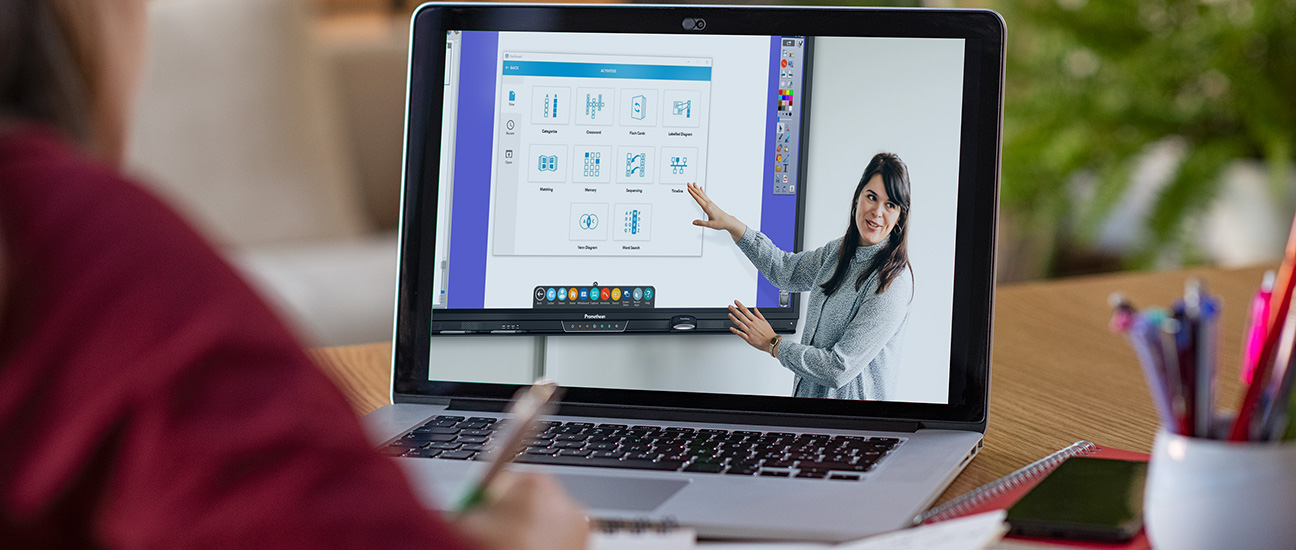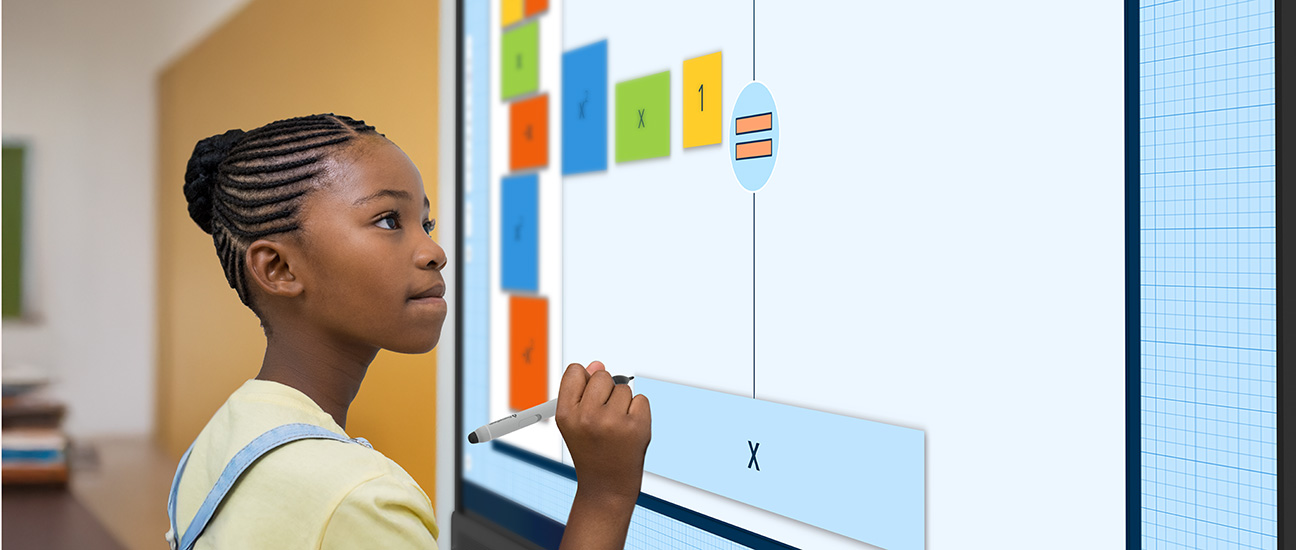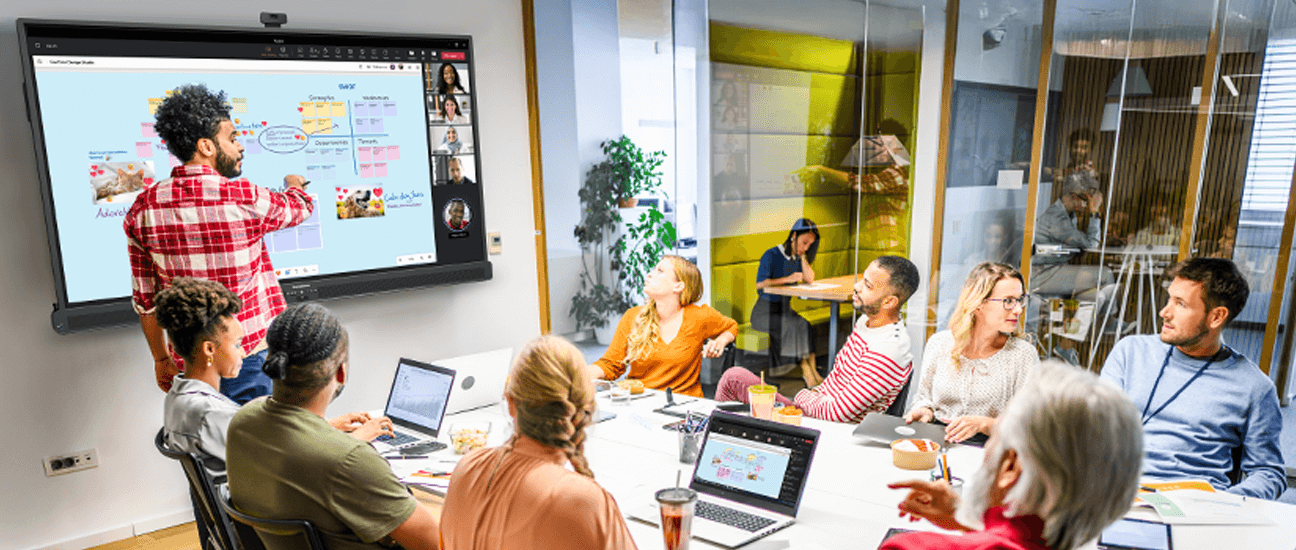Published on July 28th, 2025
Cooperative learning strategies in the classroom: A practical guide
15 minute read
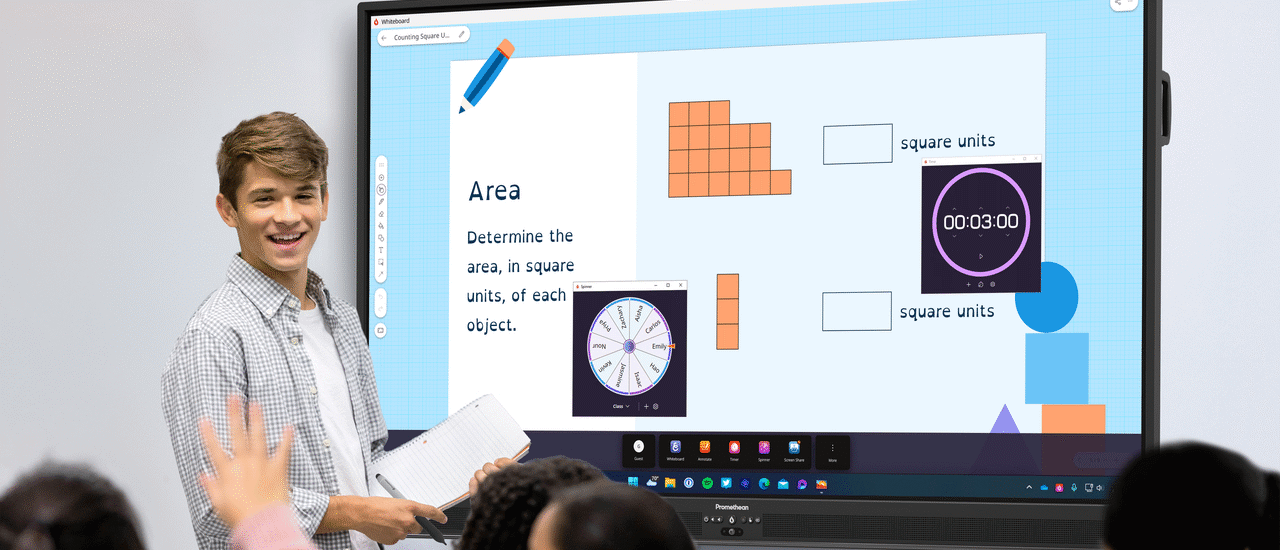
Summary
Walking into an engaged classroom, you notice something special happening. Students aren’t just sitting in rows listening, they’re actively working together in small groups, explaining concepts to each other, and solving problems collectively. It’s no accident–this is cooperative learning in action.
Unlike traditional classroom dynamics, these research-backed cooperative learning strategies foster active participation, critical thinking, and meaningful peer-to-peer learning.
What is cooperative learning and why does it matter?
At its core, cooperative learning is an approach where students work in small, structured groups to achieve shared learning objectives. What separates it from casual group activities is intentional design. Cooperative learning requires interdependence where students interact meaningfully and support each other’s understanding.
Effective cooperative learning is built on five essential elements. When properly implemented, these elements promote fairness through equal opportunities to participate, accountability, and collaboration that deepens understanding across the group.
5 cooperative learning strategies
These five proven strategies require minimal preparation and are easy to implement while delivering significant results. Each can be adapted to fit your grade level, subject area, and specific learning objectives while maintaining core elements that make cooperative learning effective.
Think-pair-share
A highly versatile strategy, the think-pair-share process follows three straightforward steps: students first think independently about a question, then pair with a classmate to discuss their ideas, and finally share insights with the whole class.
This approach creates a balance between individual accountability and collaborative learning. The initial quiet thinking time supports every student including those who need more processing time, to develop their own perspective. The pairing phase provides a low-pressure environment to test and refine ideas, while the sharing component reinforces learning through verbalization.
Think-pair-share can be easily integrated into any lesson, from quick, 5-minute comprehension checks to longer deep-dive conversations. Use it to review yesterday’s social studies concepts, discuss character motivations in literature, or explore mathematical problem-solving approaches.
Jigsaw
The jigsaw strategy transforms your classroom into a community of experts where every student has essential knowledge to contribute. In this approach, students are tasked with teaching their peers after mastering specific content, which provides an opportunity to practice accountability and interdependence.
For example, imagine your class is studying body systems in science. Organize students into “home groups” of four and assign each student responsibility to learn one system (circulatory, respiratory, digestive, or nervous). Students temporarily leave their home groups to join “expert groups” with peers studying the same system, where they work together to master their assigned content. After becoming “experts”, students return to their home groups to teach what they have learned.
What makes jigsaw effective is the responsibility it places on each student. Knowing their peers are counting on them, students engage deeply with the material and develop crucial communication skills. This approach also naturally differentiates instruction, as students work with content at varying depths throughout the activity.
Numbered heads together
Numbered heads together balances group collaboration with individual accountability and supports active participation from all students, not just the most confident or outspoken. With this strategy, every student must be prepared to represent their team’s thinking .
Students in groups of four are each assigned a number from one to four. A question or problem for groups to discuss is presented, giving everyone an opportunity to gain understanding of the answer and group’s reasoning. Then, numbers are randomly called and students with that number respond on behalf of their group.
This strategy creates natural peer tutoring because groups make sure all members understand, since anyone might become the spokesperson.
Round robin
Round robin brings structure to classroom discussions by supporting every student to contribute in turn. Rather than allowing a few voices to dominate while others remain silent, this structured turn-taking makes participation equitable and supports quieter students by giving them a dedicated space to share their thinking.
The flexibility of round robin is valuable across subjects and grade levels. Use it for vocabulary, tasking each student to create a sentence using a new term, apply it to historical analysis with students taking turns identifying causes of an event, or implement it for problem-solving, with each student contributing one step toward a solution.
This strategy works well for generating multiple perspectives quickly or supporting comprehensive participation. Implement it simply by going around a small group, or create more complex variations where groups rotate through stations, building on previous groups’ contributions.
Cooperative graffiti
Cooperative graffiti transforms traditional brainstorming into a dynamic, layered thinking process. Students rotate through stations or posters, adding their thoughts while building on and responding to the ideas of classmates, creating collective knowledge.
To implement this strategy, place chart paper around the classroom, each with a different question, concept, or prompt. Groups start at one station, discuss the prompt, and record their ideas. After a set time, they rotate to the next station, where they read what previous groups wrote and add new insights. At the end, each poster will contain multiple layers of thinking that no single group could have produced independently.
This approach is even more powerful when digital tools like the ActivPanel are used. Students can contribute simultaneously on the interactive display, save collective work digitally, and incorporate multimedia elements. This digital adaptation maintains the collaborative spirit while adding new possibilities for creativity and documentation.
Benefits of cooperative learning for students and teachers
Deeper understanding of academic content
When students explain concepts to their peers, they strengthen their own understanding while helping others grasp difficult material. This peer teaching process requires students to reorganize information in their minds, find accessible ways to communicate complex ideas, and identify gaps in their own knowledge. Cooperative learning supports retention and long-term mastery through active engagement with content. Rather than passively receiving information, students interact with concepts multiple times and in multiple ways–individually, discussing it with a partner, teaching it to others, and applying it in a group project. This repeated, varied engagement creates strong neural connections and knowledge that is more durable and transferable to new situations.
Improved social and communication skills
Every cooperative learning activity serves as authentic practice for essential life skills. Through structured interaction, students develop stronger speaking and listening abilities across different learning contexts. They practice articulating their thoughts, asking questions, and building on others’ ideas, as well as learn to navigate disagreements respectfully, appreciate diverse perspectives, and find common ground.
These competencies extend far beyond classroom walls. Cooperative learning exercises prepare them for future workplace collaboration, community involvement, and personal relationships.
Higher student engagement and motivation
Structured group activities significantly increase participation, especially among quieter or reluctant learners who might not volunteer in whole-class discussions but find small groups less intimidating.
Strategies like jigsaw or think-pair-share create ownership and investment in the learning process. When students know they are responsible for teaching others or that their group’s success depends on their contribution, they engage more deeply with the material. This intrinsic motivation is born from social responsibility and the satisfaction of helping peers succeed. Students see themselves as valuable contributors to the classroom rather than passive recipients of information.
Better classroom management for teachers
An often overlooked benefit to teachers, cooperative learning can simplify classroom management rather than complicate it. Assigning students individual roles within a group gives them purpose and responsibility, and reduces the likelihood of disruptions and off-task behavior.
Cooperative learning helps create a more student-driven classroom with less need for constant teacher intervention. Instead of managing 30 students simultaneously, teachers guide functioning groups. While they work, you‘re free to circulate, observe, provide support, and assess understanding in real time. The structured nature of these strategies means students know exactly what is expected, reducing confusion and behavior issues that stem from uncertainty.
How to choose the right tools for cooperative learning
Selecting technology that enhances cooperative learning requires thoughtful evaluation. Not all edtech tools are created equal when it comes to supporting meaningful group work.
Look for features that facilitate collaboration
Multi-touch capability is essential, which allows multiple students to interact with the technology simultaneously. Cloud-based sharing allows students to access collaborative projects from different locations. Device compatibility matters too, especially in schools with mixed technology environments. Real-time input features mean all students can contribute ideas as they emerge, for a dynamic flow of collaborative thinking.
The Promethean ActivPanel exemplifies these classroom-ready features designed specifically for group interaction. With its multi-touch surface, several students can work on the same problem simultaneously and the panel’s intuitive interface means less time teaching technology and more time using it for meaningful learning. The ability to save and share work digitally extends collaboration beyond class time, allowing groups to revisit and build on their thinking across multiple sessions.
Tips for successful implementation in the classroom
Start small with low-prep strategies
Building confidence with cooperative learning doesn’t require a classroom overhaul. Begin with methods like think-pair-share or round robin that can easily be incorporated into existing lessons without extensive planning or materials. .
Assign and rotate group roles
Clear roles provide structure that helps students stay focused. Common roles include facilitator (keeps discussion on track), recorder (documents group ideas), timekeeper (monitors progress), and presenter (shares with the class). Other roles like materials manager or encourager could be added depending on the activity and grade level.
It’s key to rotate roles regularly so students build different collaborative skills over time. Create a simple rotation chart or let students track their roles in their notebooks.
Use clear expectations and routines
Set explicit expectations for group interaction from day one: voices at conversation level, everyone contributes, respect different opinions, and stay on task. Post these norms visibly and reference them before group work begins. Students need to understand that cooperative learning is structured learning time, not unstructured social time.
Consistent routines help students transition smoothly into group work without wasting time. When students know exactly what is expected and how activities will unfold, they can focus their energy on learning rather than logistics.
Leverage technology to support group work
Thoughtfully integrated technology can transform cooperative learning from good to exceptional. Tools like Promethean’s ActivPanel excel at displaying instructions for all to see, tracking group progress in real time, and facilitating digital brainstorming. During cooperative graffiti activities, groups work on different sections of the screen simultaneously, building on each other’s ideas without the physical limitations of paper.
Digital platforms also solve the perennial problem of lost group work. Save collaborative documents, mind maps, and presentations in the cloud where students can access them later for review or continued work. The ability to screenshot group thinking at various stages helps students see how their ideas evolved. Split-screen features allow you to display multiple groups’ work simultaneously. When technology removes barriers to collaboration, students focus on what matters most: learning from and with each other.
Promethean is built for cooperative classrooms
The most powerful learning happens when students work together effectively. That is why Promethean tools are intentionally designed to support interactive, student-centered teaching models like cooperative learning. Promethean’s solutions provide everything educators need to implement cooperative strategies with confidence. The ActivPanel stands out with unique features that make group work easy and engaging. Our Promethean ActivSuite software integrates seamlessly with the panel, professional development helps teachers maximize collaborative features, and Learn Promethean shares successful strategies from classrooms worldwide. When you choose Promethean, you’re not just getting a display, you’re joining a community committed to transforming education through meaningful student interaction.
Explore our interactive displays and discover why educators worldwide trust Promethean to bring their collaborative vision to life.












